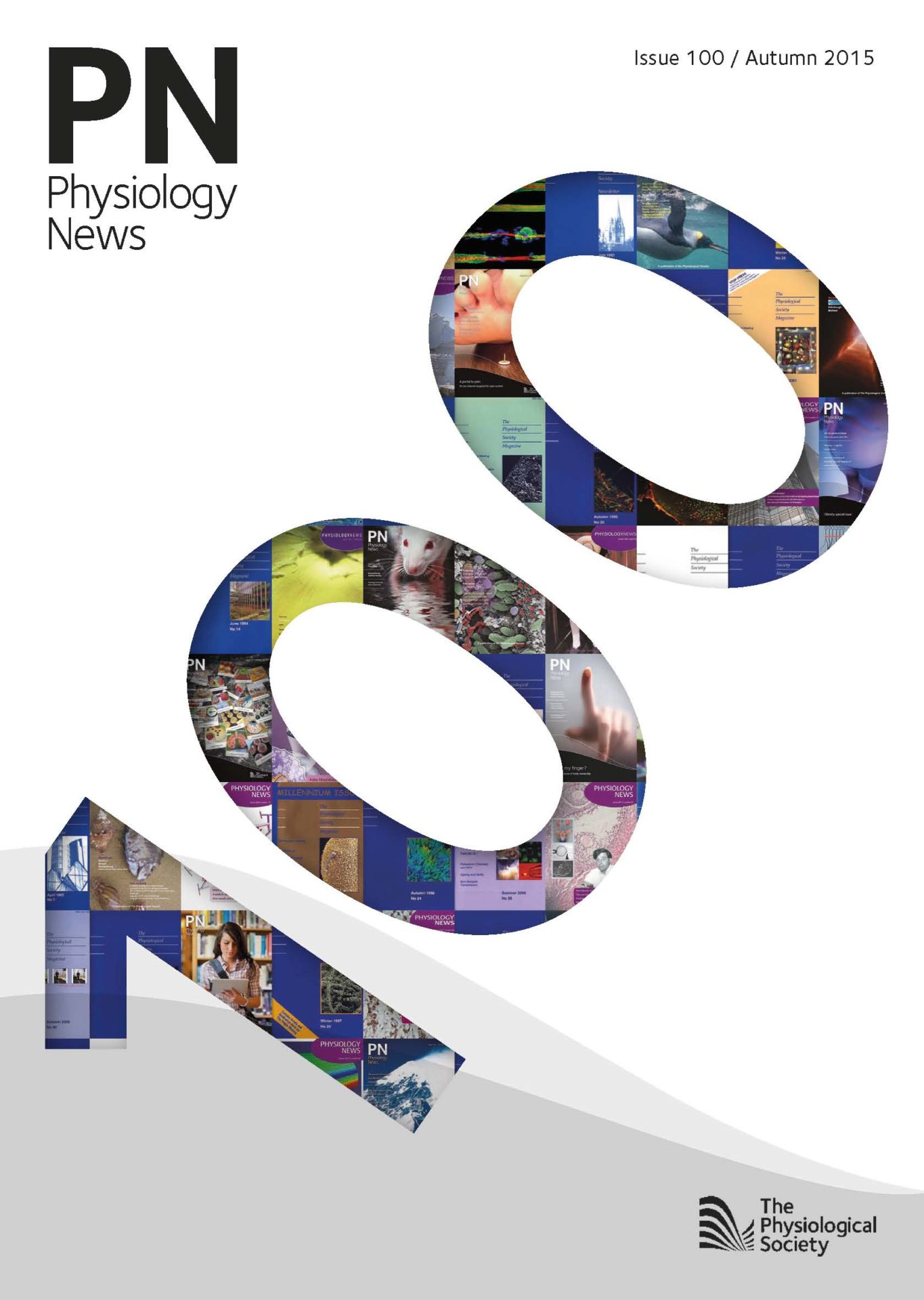
Physiology News Magazine
The science and sagacity of Mabel Purefoy FitzGerald
A woman who went to great heights to reach her goals
Features
The science and sagacity of Mabel Purefoy FitzGerald
A woman who went to great heights to reach her goals
Features
Martha Tissot van Patot
Visiting Academic, Department of Physiology, Anatomy and Genetics, University of Oxford, UK
https://doi.org/10.36866/pn.100.26
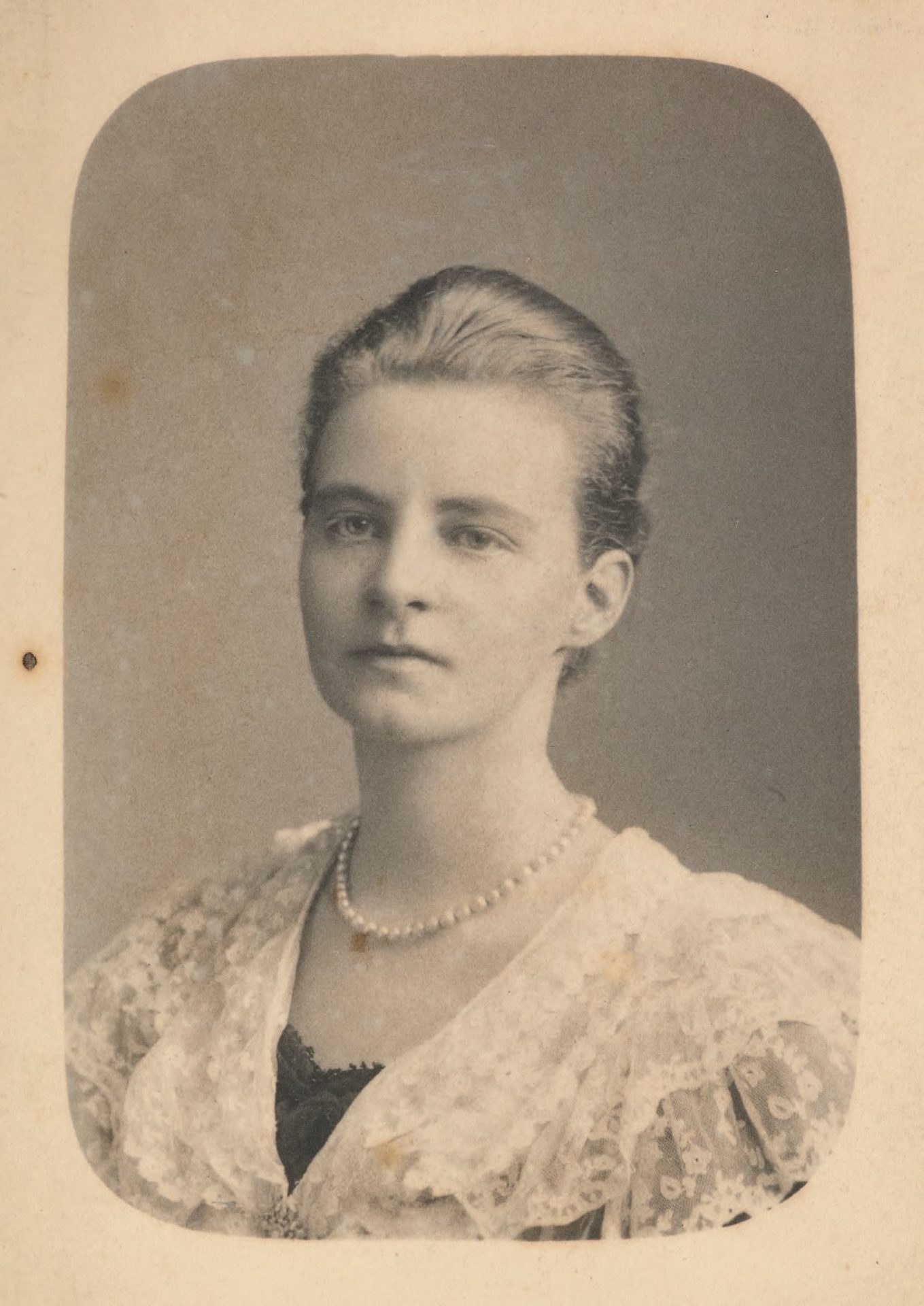
Mabel Purefoy FitzGerald (1872-1973) (Fig.1) was one of the first women admitted to scientific classes at Oxford. Her work in biomedical research led her from Oxford to Denmark, the United States, Canada and Scotland. She worked with Sir William Osler (1849-1919), JS Haldane (1860-1936), CS Sherrington (1857-1952) and other eminent scientists in a wide variety of fields including pathology, respiratory physiology, neurobiology, immunology and gastroenterology. She is most recognized for her contributions to our understanding of the control of breathing that arose from a solo research trip through the unruly mining towns of the Colorado Rockies.

FitzGerald however, also published important work in several areas of physiology, eventually becoming a clinical pathologist and lecturer at the University of Edinburgh. But, despite her eminence in research, her long-held ambition to study medicine was never fulfilled. In 1913, she became the second female member of the American Physiological Society, but only in 1973, when aged 100, a Member of The Society.
The daunting nature of investigating the FitzGerald archive at the Bodleian Library, thousands of documents jumbled chaotically (Fig. 2) into forty boxes spanning multiple generations of FitzGeralds (1645-1976), might explain why many of her contributions have not been previously brought to light. My recent forays into this archive have helped to reveal more about a fascinating woman of science.
Research
FitzGerald published eleven papers in twelve years (1902-1914, Table 1). Her first research position (in 1897) was in Oxford with Francis Gotch (1953-1913) and histologist Gustav Mann (1864-1921), where she developed an expertise in histology that was of enormous benefit throughout her career. Her histological work on tissue response at vaccination sites was included in a manuscript published by Mann in 1899. Mann was known for his intense working hours, sleeping only four hours per day, often on a mattress in his laboratory. Thus, Mann’s letter of reference for FitzGerald commenting on her ‘constant and unremitting study over the last seven years’ gives insight into her remarkable dedication. Mann further states that he was ‘so much struck by her great thoroughness that [he] proposed to her the difficult task of investigating the inter-relationship of the grey and white matter of the spinal cord of the monkey’.
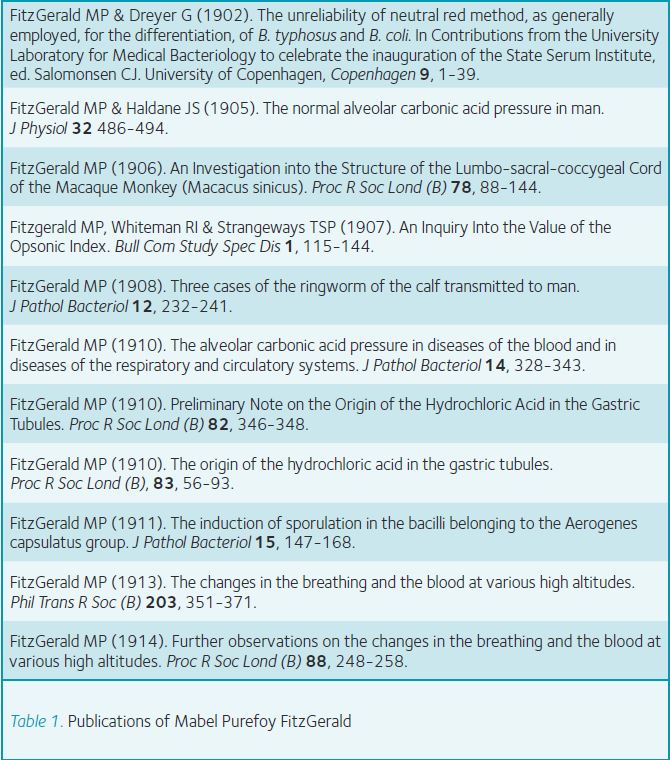
The research on Macaque spinal morphology took five years and was communicated to the Royal Society by Gotch, but published under her name. This was the beginning of a trend established by FitzGerald’s mentors, communicating her work to societies that often did not admit women as members, but insisting she be the author on the publications. FitzGerald sectioned, stained, and drew to scale more than one hundred sections of Macaque spine so that she could quantify the anatomical structures (Fig. 3). This work brought her into contact with Nobel laureate Charles S Sherrington who noted that he was ‘greatly struck by the thoroughness, untiring zeal, and truly critical spirit’ of her research pursuits and goes on to say he was ‘impressed with her earnestness for pursuit of enquiry into function throughout those of her researches whose formal method concerned itself mainly with morphological structure’.
FitzGerald had travelled to the State Serum Institute in Copenhagen (1901-1902) and worked with Georges Dreyer (1873-1934) (Fig. 4) to develop a more reliable method to detect Bacillus typhosus and Bacillus coli (reclassified as Salmonella typhi and Escherichia coli) in water supplies than was then available. In 1907, Dreyer was appointed the first professor of Pathology at Oxford. Interestingly, both investigators would go on separately to make important discoveries involving respiratory responses to high altitude hypoxia.
Back in Oxford (1905), FitzGerald began work with JS Haldane investigating the role of the partial pressure of alveolar carbon dioxide (PaCO2) in health and disease. Haldane is noted for describing respiratory control by CO2 and the ‘Haldane effect’, the increased ability of deoxygenated blood to carry CO2. Interestingly, FitzGerald’s work with Haldane began with determining normal PaCO2 in men, women and children, which was unusual as most research at that time (and well into the future) was conducted exclusively on men. The first publication described PaCO2 values in healthy subjects analysed by sex and age. This early experience may have led to FitzGerald’s unique collection of data later made at high altitude that included men, women and children.
After establishing PaCO2 values in health, FitzGerald and Haldane went into Oxford’s Radcliffe Infirmary to record data from subjects suffering various ‘blood, respiratory and circulatory’ diseases. They reported that PaCO2 was not significantly changed with lowered or raised haemoglobin in anaemic patients although breathlessness occurred with exertion. This led them to hypothesize that compensatory increased blood flow allows adequate oxygenation at rest. Finding normal PaCO2 in pneumonia patients led them to conclude that blood must be shunted to the adequately ventilated portions of the lung. They also noted there was no correlation between PaCO2, haemoglobin or haematocrit. Because these findings were not published until after the Pikes Peak expedition, they further noted that the adaptations of circulation observed with disease were not adequate at high altitudes due to the lower oxygen saturation of haemoglobin there.
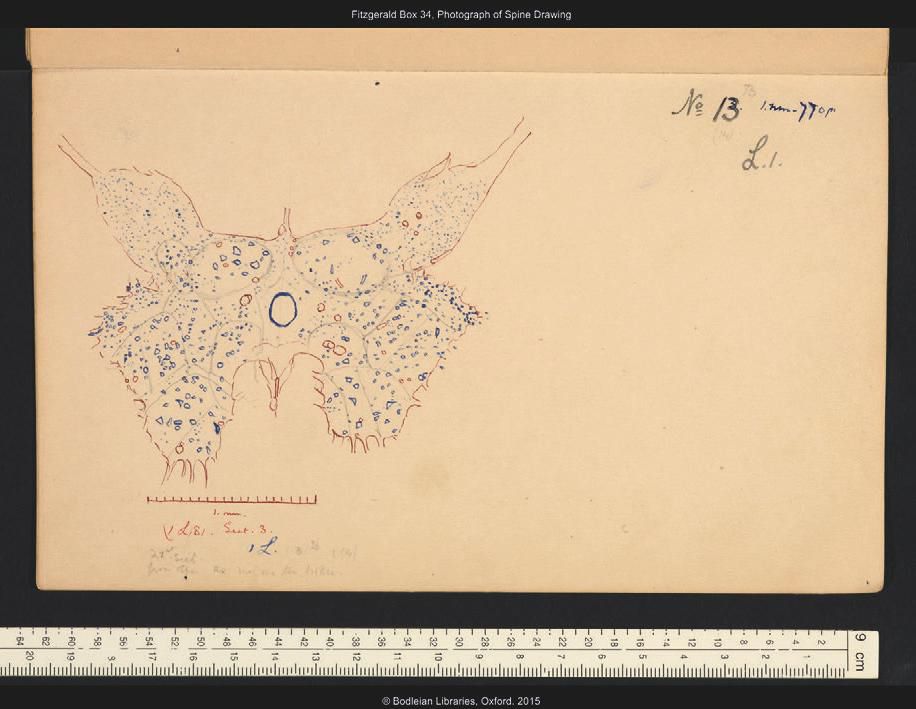

Over the next few years (1905-1908), FitzGerald attended clinical lectures and demonstrations at the Radcliffe Infirmary taught by the ‘Father of Modern Medicine’, Sir William Osler, Regius Professor of Medicine, and James Ritchie, a founder of The Pathological Society of Great Britain, with both of whom she developed lifelong friendships. Working with Osler and Ritchie, she published a manuscript describing a previously unknown parasite found in ringworm cultures.
Whilst working in the clinic, FitzGerald became frustrated with the opsonic index used to diagnose bacterial infection. She tested the validity of the index with Thomas Strangeways (1866-1926) at Cambridge. They reported on the problems inherent in obtaining reproducible results when counting a limited number of cells and extrapolating to a much larger population.
In 1907, FitzGerald won a Rockefeller Travelling Fellowship and went to New York to work with Hideyo Naguchi to develop methods of inducing sporulation in bacterial cultures. The two did not work well together. FitzGerald was a very careful and exacting bench researcher. By contrast, all of Noguchi’s work was eventually disproved and colleagues suggest that his methods were not rigorous. For someone with FitzGerald’s training, this was an insurmountable obstacle.
With the assistance of Sir William Osler, FitzGerald left Naguchi’s laboratory and arranged to work at the University of Toronto with AB Macallum, Head of Physiology at the University of Toronto. Their resulting publication provided the first in vivo evidence of the origin of HCl in the parietal cells of the gastric mucosa. Testament to the valuable influence of this finding is the fact that this publication continued to be cited in 1972, the same year in which she turned 100 years of age.
FitzGerald returned to Oxford and was invited by JS Haldane to participate in the subsequently celebrated Medical Expedition to Pikes Peak, Colorado (1911) to study the effects of altitude on respiratory physiology. Once in Colorado, it was determined that it would be ‘unseemly and potentially unsafe’
for Mabel to stay high up on the mountain with the men. Undaunted, she rented a mule, hired a guide and set off to study the effect of altitude on PaCO2, haematocrit and haemoglobin on men, women and children in some of the roughest high altitude mining towns in the United States.
The publications resulting from these studies eventually became the research for which FitzGerald was most recognized. She reported lowered PaCO2, a result of greater ventilation, and elevated haemoglobin in acclimatized individuals. She found that these changes were a simple function of changes in altitude. Further, she recognized that oxygen saturation of haemoglobin – and thus blood oxygen content – were greater at altitude than barometric pressure would predict. She also recognized the approximate time frame (2 -4 weeks) for acclimatization, based on her own data, recorded throughout her travels.
FitzGerald criticized her own results for not including measurements between Sea Level and 5,000ft, a difficulty that plagues altitude researchers to this day. Therefore, in the summer of 1913, she went to North Carolina and obtained data from men and women at the missing altitudes (2,000 – 4,000ft). Her data revealed the same changes in PaCO2 and haemoglobin as she previously reported at higher elevations. She noted that her own PaCO2 values did not change with the more minor changes in altitude but that her haemoglobin rose. Recognizing that PaCO2 was not responsible for the rise in haemoglobin, FitzGerald came tantalizingly close to hypothesizing the presence of a physiologic oxygen sensor. Remarkably, after 1915, she published no further scientific papers.
Education
By 1910, FitzGerald had already completed at least 900 hours of courses at Oxford and the University of Copenhagen that included physiology, histology, pathology, chemistry, and three years of clinical classes with Osler (Table 2). She applied to Cornell University Medical College, but was informed that she did not have the qualifications to enter medical school and advised: ‘It would mean an expenditure of five years of time. At your age it seems doubtful that it would not be better to devote yourself to research…’ (She was by then 38 and eventually lived to be 101 years of age.) FitzGerald promptly returned to Oxford to attend further classes that might qualify her.
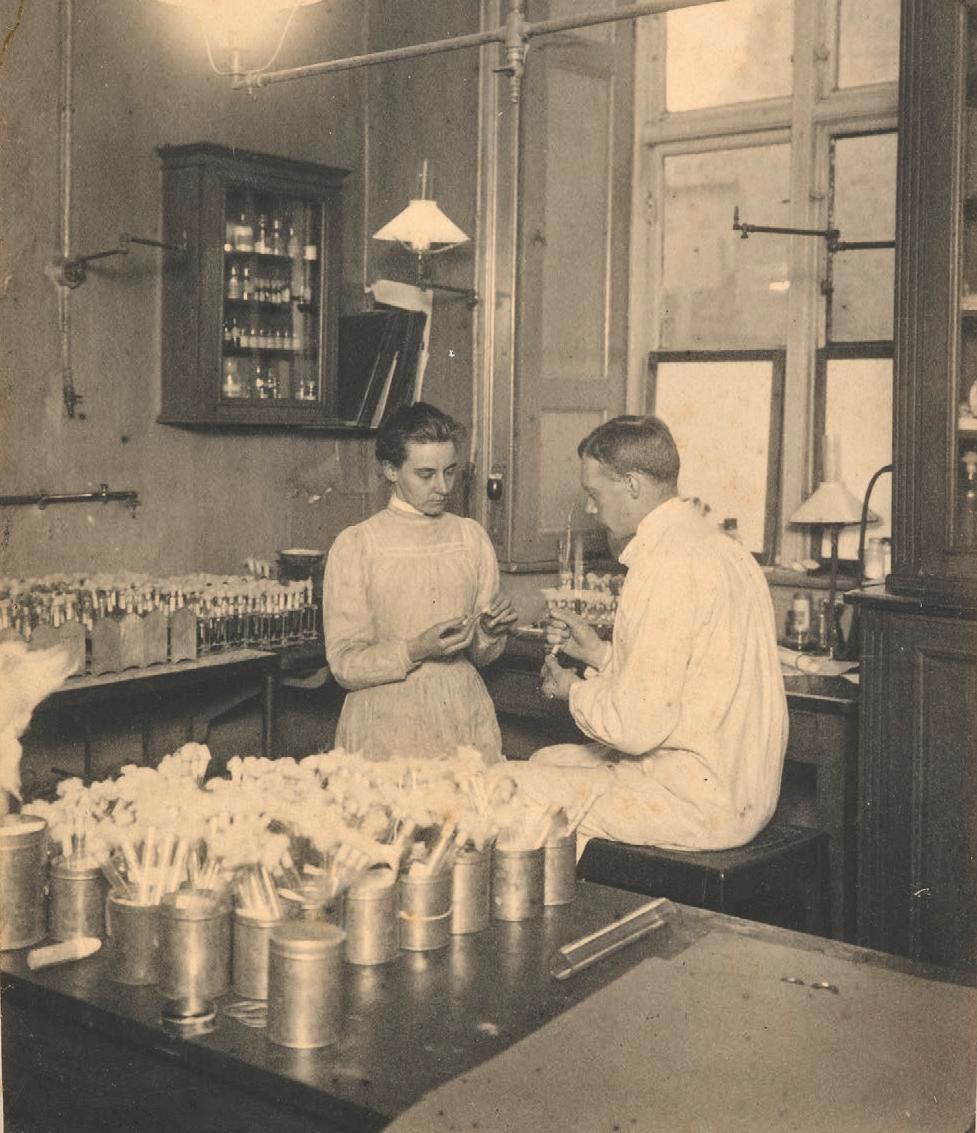
FitzGerald returned again to New York in 1911 and attended at least another 800 hours of classes over the following four years in the attempt to meet the requirements for entrance into New York Medical School. By 1915, the time of her second application, she had completed at least 2000 hours of course work, 1600 of which were in the sciences, and had published eleven papers. Nevertheless, the authorities cited ‘poor algebra test scores’, and again denied her entrance. Shortly after this rejection, she was invited to be a clinical pathologist at the University of Edinburgh by her former clinical mentor, James Ritchie, now the Chair of Bacteriology and Superintendent of College of Physicians Laboratory. Mabel accepted and remained there as a clinical pathologist and teacher in the medical school until 1930 when she returned to Oxford to care for her ageing sisters. She continued her quest to gain entrance to medical school upon arrival in Edinburgh, but was advised that she would ‘find it difficult to attend the necessary lectures and practical work, whilst [she was] carrying on the duties of a Clinical Pathologist’.
On the flyleaf of all of her diaries, FitzGerald penned the motto: ‘If you can’t get want you like, like what you get.’ This is exemplified by her acceptance of a wide variety of research positions wherever they were available, her perseverance in producing a publication from each endeavour and developing life long friendships with her mentors and their families.
Acknowledgements
Research for this article was sponsored in part by the Paton Prize Bursary awarded by The Society. The assistance of Chrissie Webb, Oliver House and Special Collections archives and reading room staff at the Bodleian Library has been invaluable and greatly appreciated. Thanks to Prof Peter Robbins for his support and assistance in accessing FitzGerald’s treasured past and Mr George Purefoy, MD, for copyright permissions. Special thanks to John B West, ADd MD, PhD for his inspiration and unfailing support.
Note: The Department of Physiology, Anatomy & Genetics at the University of Oxford has established an Annual Lecture series to be held in honour of Mabel FitzGerald, in connection with the Athena Swan programme.
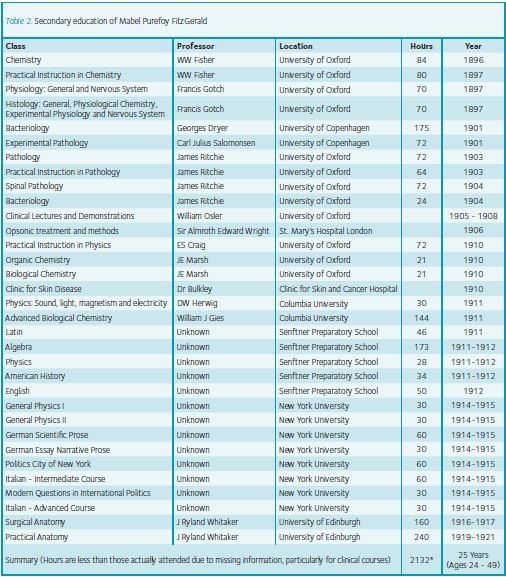
References
Oxford University, Bodleian Library, Mabel FitzGerald Papers (uncatalogued).
Goodman M (2014). The high-altitude research of Mabel Purefoy FitzGerald, 1911–13. Notes and Records: the Royal Society Journal of the History of Science, rsnr20140061.
O’Connor WJ (1991). British Physiologists 1885-1914: a biographical dictionary. Manchester University Press
Reeves JT & Grover RF (2001). Attitudes on Altitude: Pioneers of Medical Research in Colorado’s High Mountains University Press of Colorado, Colorado.
Torrance R (1999). Mabel’s normalcy: Mabel Purefoy FitzGerald and the study of man at altitude. Journal of Medical Biography 7, 151-165.
West JB (2012). Centenary of the Anglo-American high-altitude expedition to Pikes Peak. Experimental Physiology 97, 1-9.
